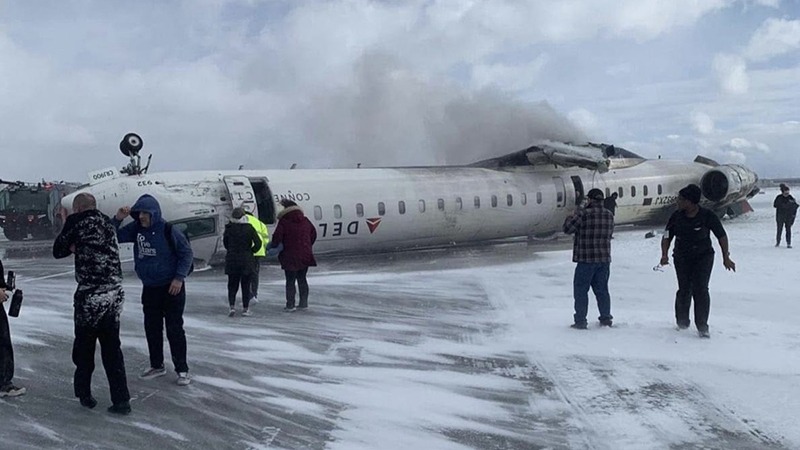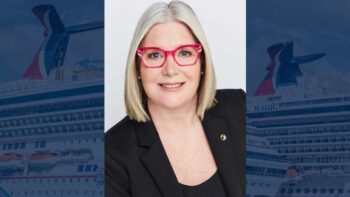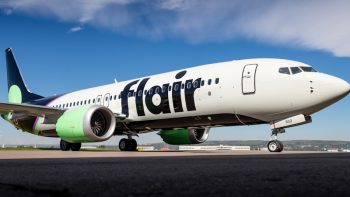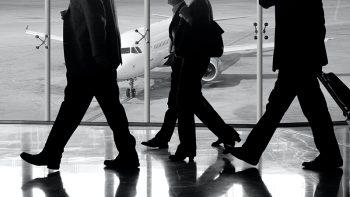
A pivotal report on last month’s terrifying Delta Air Lines crash at Toronto Pearson says there were “no obvious, pre-existing malfunctions” of the aircraft. But it also raises questions about the plane's rate of descent prior to the crash.
The flight from Minneapolis on the afternoon of 17FEB had its right landing gear break as the plane touched down, flipping the plane over and breaking off a wing. The broken wing spilled fuel along the snowy tarmac. All 76 passengers and crew escaped as fire broke out.
A Canadian Transportation Safety Board report indicates preliminary data from the plane’s flight reader “did not contain any caution or warning messages pertaining to the flight controls, but further analysis will be conducted.” It also says that, 2.6 seconds prior to landing, the plane's "alert 'sink rate' sounded, indicating a high rate of descent."
The report also says that less than a second before landing, the angle of the plane's aircraft, known as the pitch attitude, was one degree, the CBC reports, adding that the flight operations manual states pitch attitude at touchdown should be between three and eight degrees.
The Toronto Star says the pilots adjusted the engine power while descending due to strong gusts of wind (shortly before the crash, winds were measured at 52 kilometres per hour, with gusts up to 65). Within less than 20 seconds, the rate of descent nearly doubled from 672 to 1,112 feet per minute, well over the TSB’s definition of a “hard landing,” which is set at 600 feet per minute.
In a YouTube video link on the TSB website issued the morning of 20MAR, lead accident investigator Ken Webster said the safety board will continue its investigation and focus on a number of key factors, including:
- Metallurgy of the wing structure
- Certification (including landing gear, wing structure, landing techniques and pilot training
- Cabin instruction
- The flight deck secondary evacuation route
- Organization and management functions, and
- Flight attendant training and coordination in emergencies.
The crash caused several days of massive disruptions at Canada's busiest airport. All of the 21 injured passengers were released from hospital within days of the crash, Canadian Press reports.
The airline has offered US$30,000 in compensation to passengers, saying the money has "no strings attached."
At least two lawsuits have been filed in the United States and a law firm in Canada has said that it's been retained by several passengers.
The TSB site contains the following information.
“On 17 February 2025, a CRJ-900 aircraft, manufactured by Bombardier, operated by Delta Endeavor Air, was conducting a flight from Minneapolis–Saint Paul International Airport, Minnesota, to Toronto/Lester B. Pearson International Airport (CYYZ), Ontario.
Upon landing, the aircraft impacted the runway, and following the initial impact, parts of the aircraft separated, notably a wing and the tail section, and a fire ensued. The fuselage came to rest slightly off the right side of the runway upside down facing the other direction.
Once the aircraft came to rest, the occupants began to evacuate. The passengers and cabin crew evacuated out the right forward door and one of the two right emergency exit windows. The cockpit door was unusable, so the flight crew exited out of the emergency hatch in the cockpit ceiling.”
In the TSB video, the investigator said TSB conducted several simulated landings of the CRJ-900 to help them understand what might have gone wrong.
CTV News posted a response from Delta Air Lines. “For everyone at Endeavor Air and Delta, nothing is more important than the safety of our customers and our people. That’s why we remain fully engaged as participants in the investigation led by the Transportation Safety Board of Canada. Out of respect for the integrity of this work that will continue through their final report, Endeavor Air and Delta will refrain from comment,” a spokesperson for Delta told CTV News Toronto.






